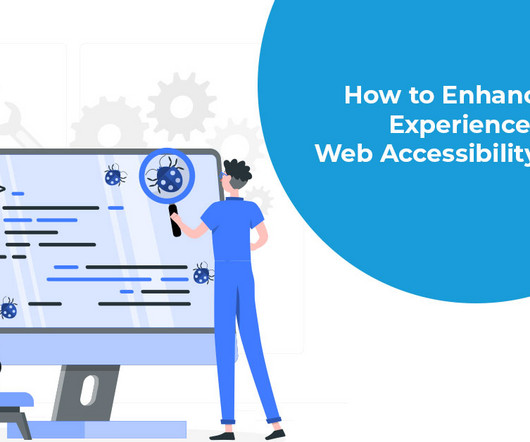How to Enhance User Experience for Web Accessibility Testing?
Hurix Digital
JULY 12, 2023
Chrome, Firefox, Safari) and devices (e.g., Evaluate Keyboard Navigation and Focus Management Keyboard accessibility is fundamental for users who rely on alternative input methods. In this article, we will explore a selection of these tools, highlighting their key features and benefits in promoting web accessibility.

















Let's personalize your content